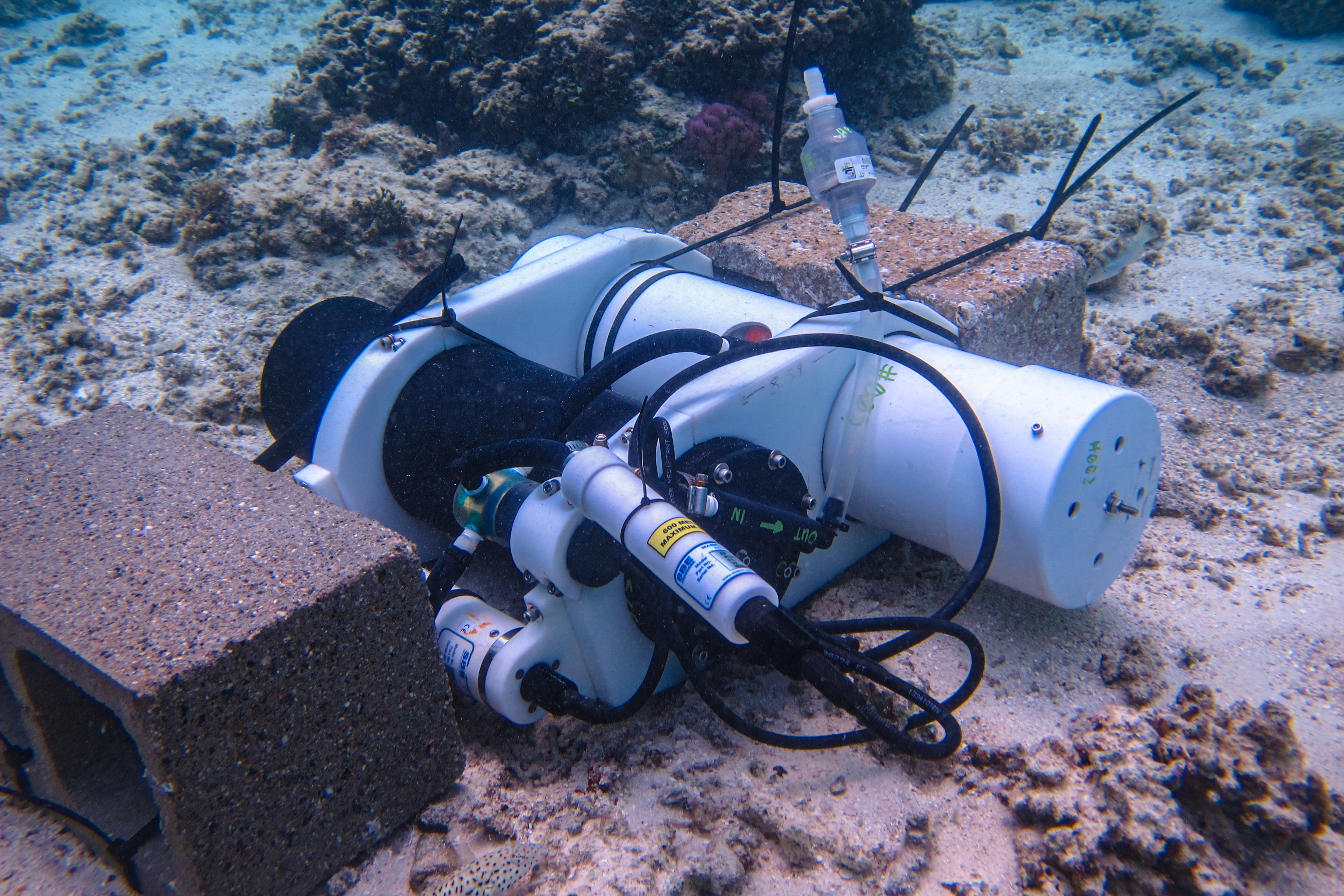
Self-Calibrating SeapHOx
I have been collaborating with the teams (Scripps Institution of Oceanography and Monterey Bay Aquarium Research Institute) that led the development of the SeaFET and SeapHOx pH (and dissolved oxygen and CTD) sensor packages since I began my graduate studies. Sea-Bird Scientific commercialized these instruments in the early 2010s and, since then, these three organizations have distributed hundreds of sensor packages to researchers around the world. The core pH sensor, the Honeywell Durafet, is an ion-selective field effect transistor (ISFET), and one that has been demonstrated to be remarkably stable and to have a predictable response over the full range of physical conditions to which it is exposed in the ocean.
However, pH values from these sensors are only as accurate as their calibration coefficients, and calibration has proven challenging, especially in remote, hard-to-access locations (see, for instance, Bresnahan et al. 2014, open access). Recently, through NSF-OTIC award 1736905, we demonstrated that adding a calibration solution of tris buffer in artificial seawater to a SeapHOx and periodically sampling from that calibrant during a deployment could lead to substantial improvements in accurancy with meaningful reductions in human effort (e.g., Bresnahan et al. 2021 and Wolfe et al. 2021, both open access). We hope and anticipate that this autonomous self-calibration mechanism will lead to simpler, less expensive, and therefore more widespread climate-quality and high-frequency pH time-series.